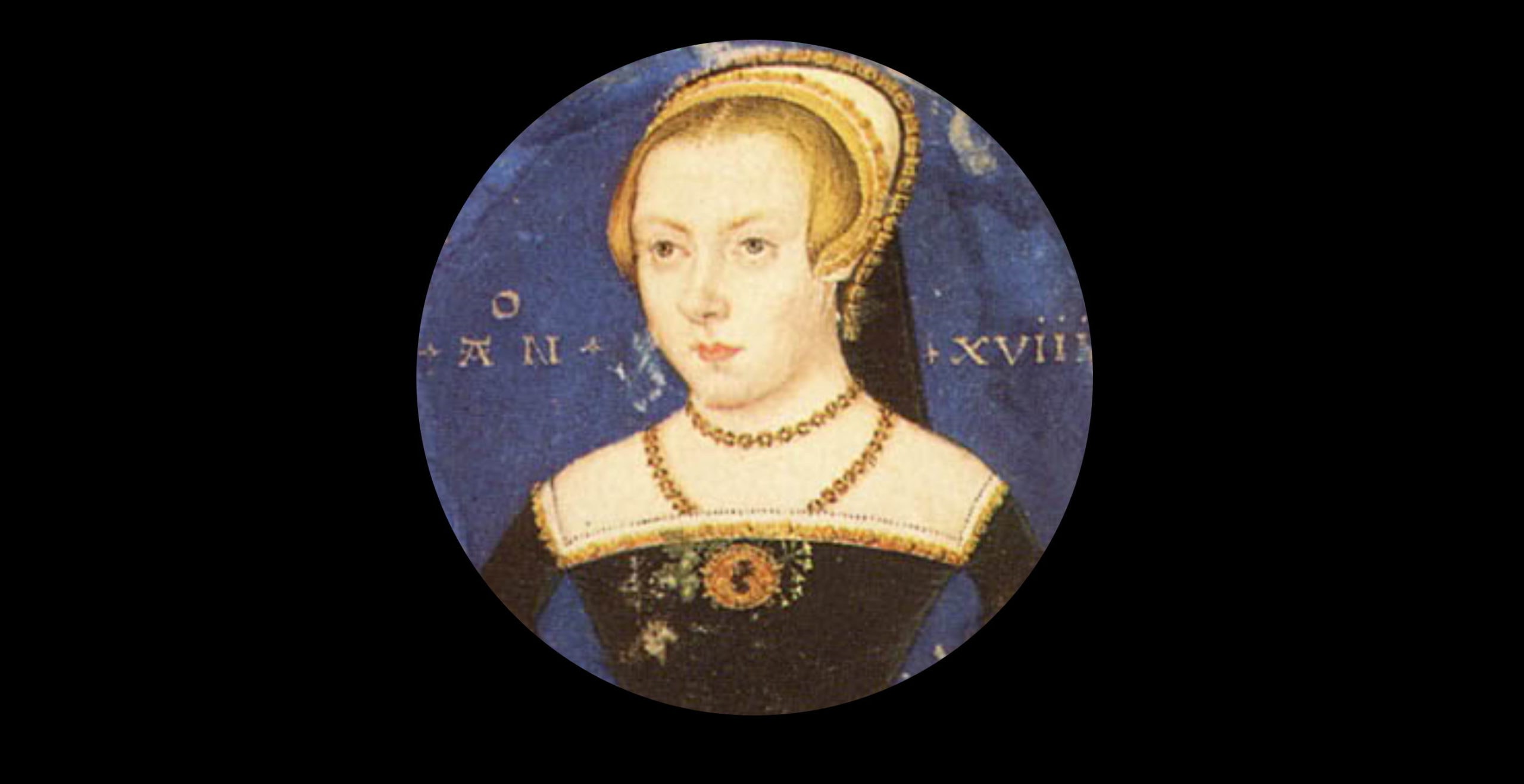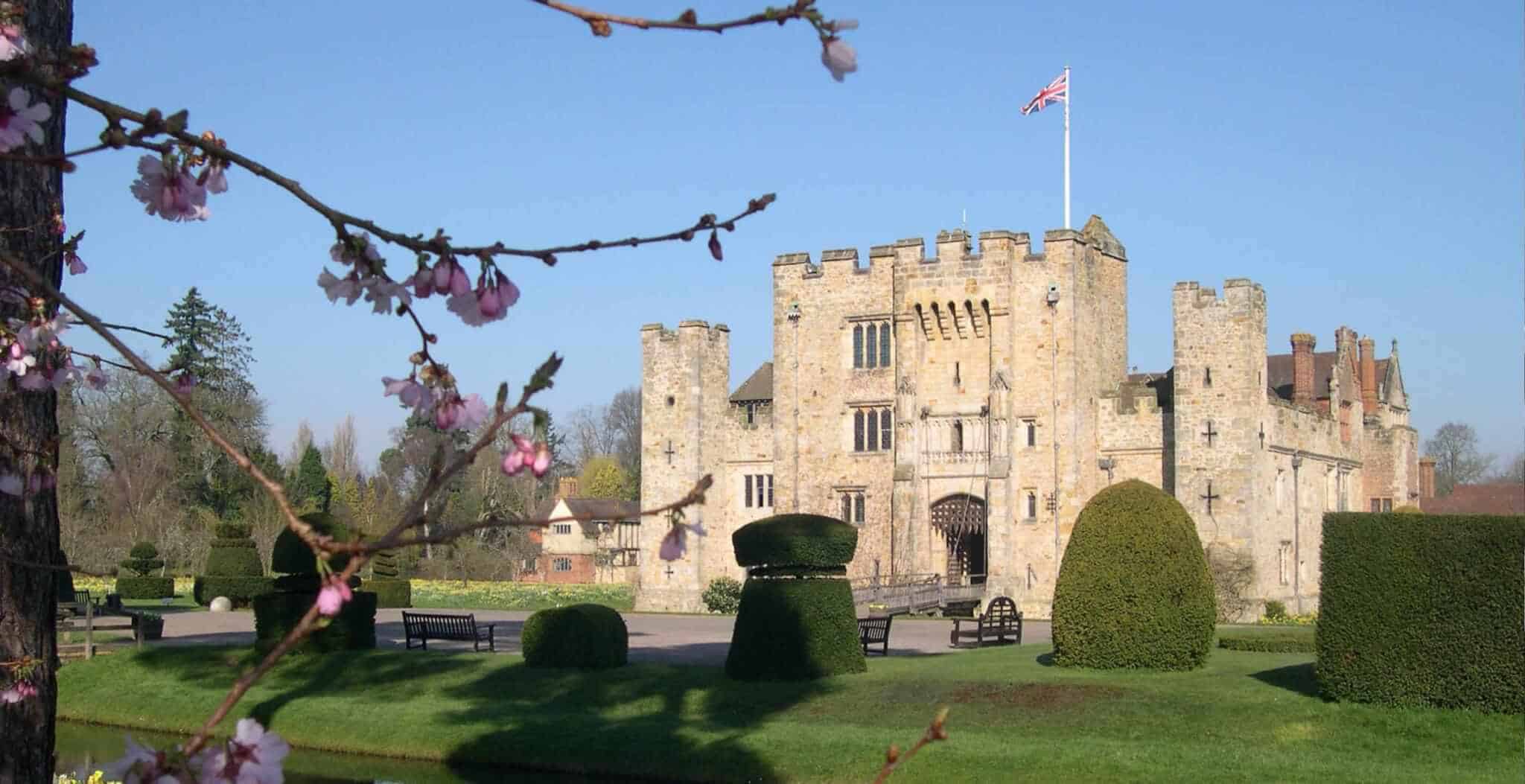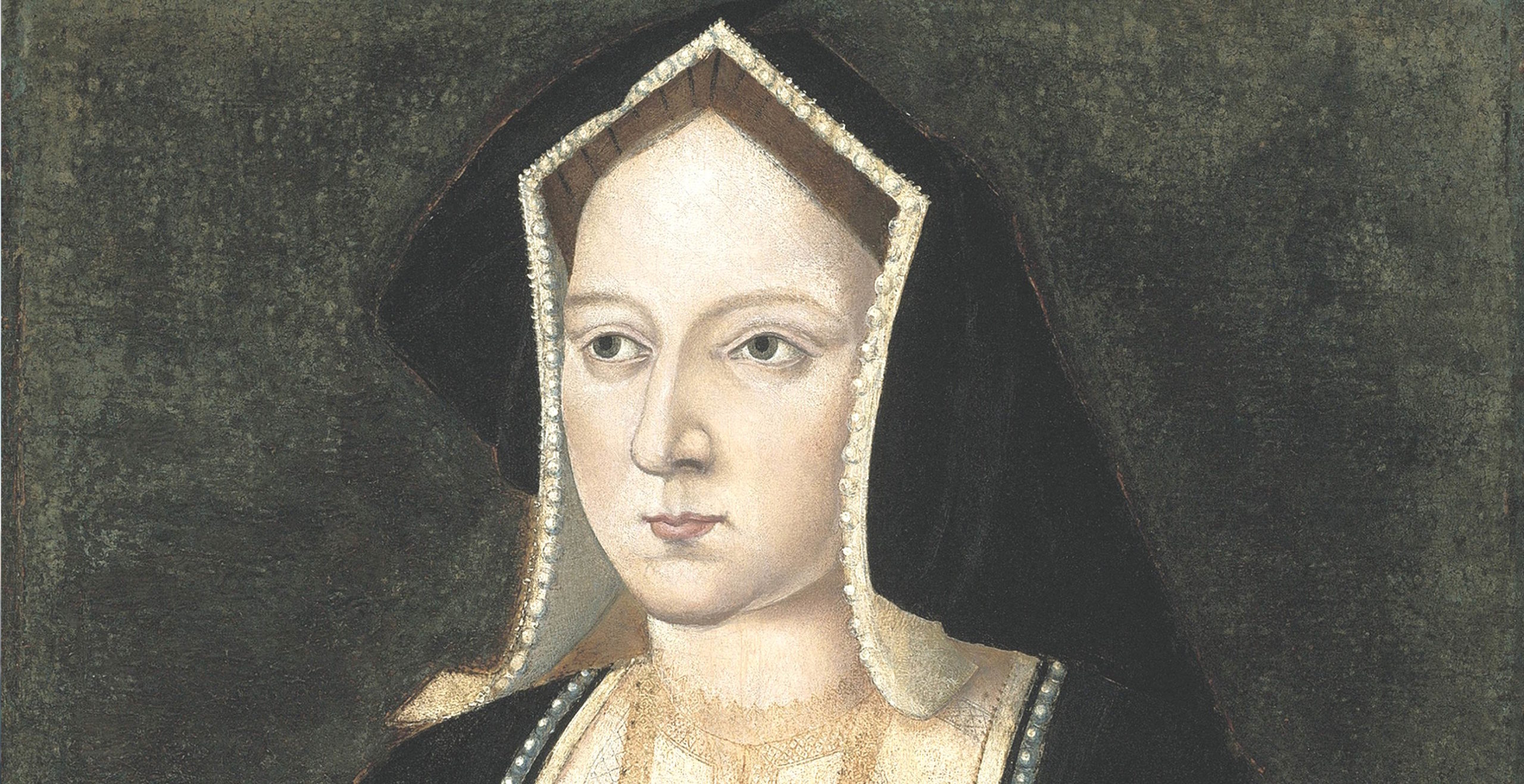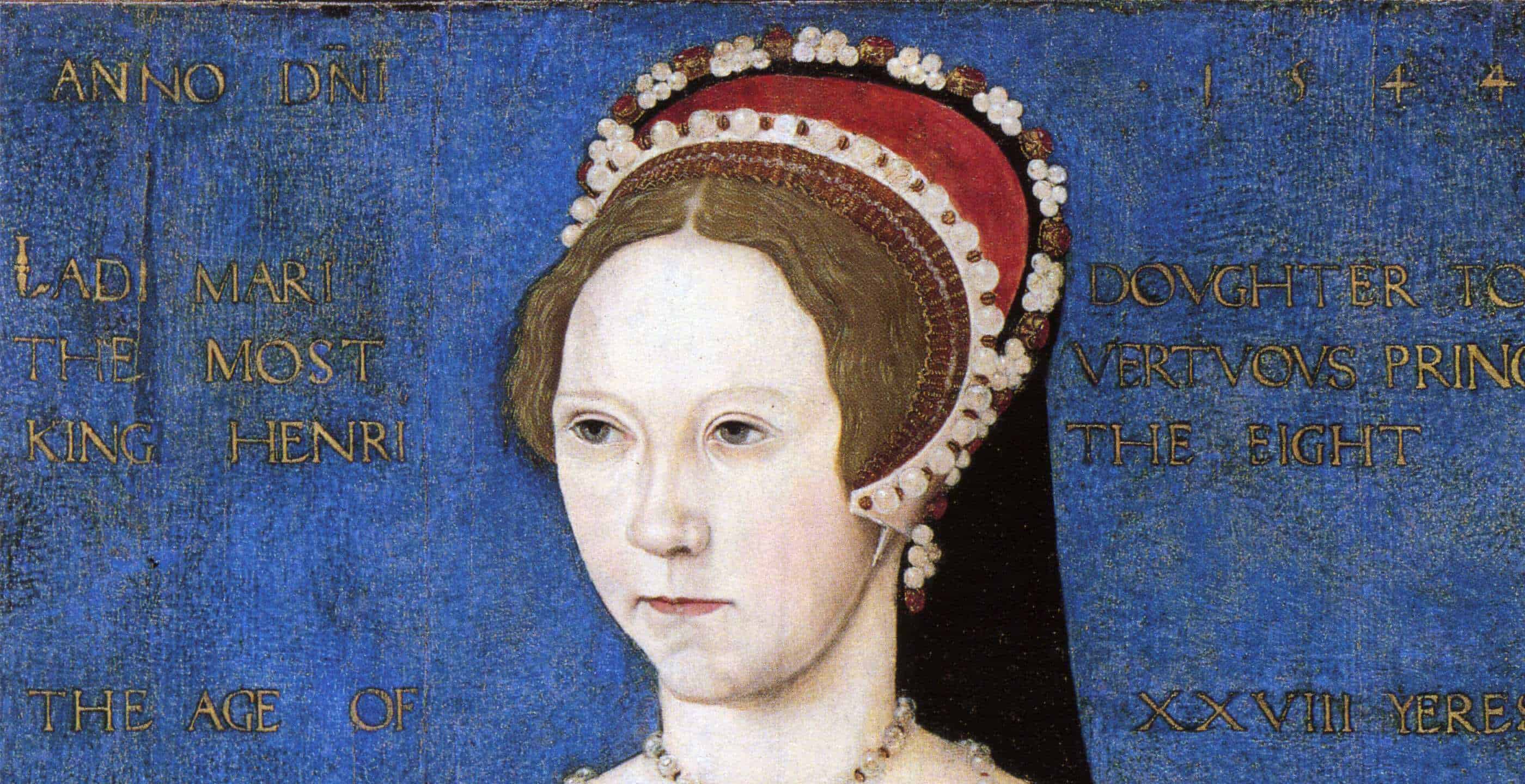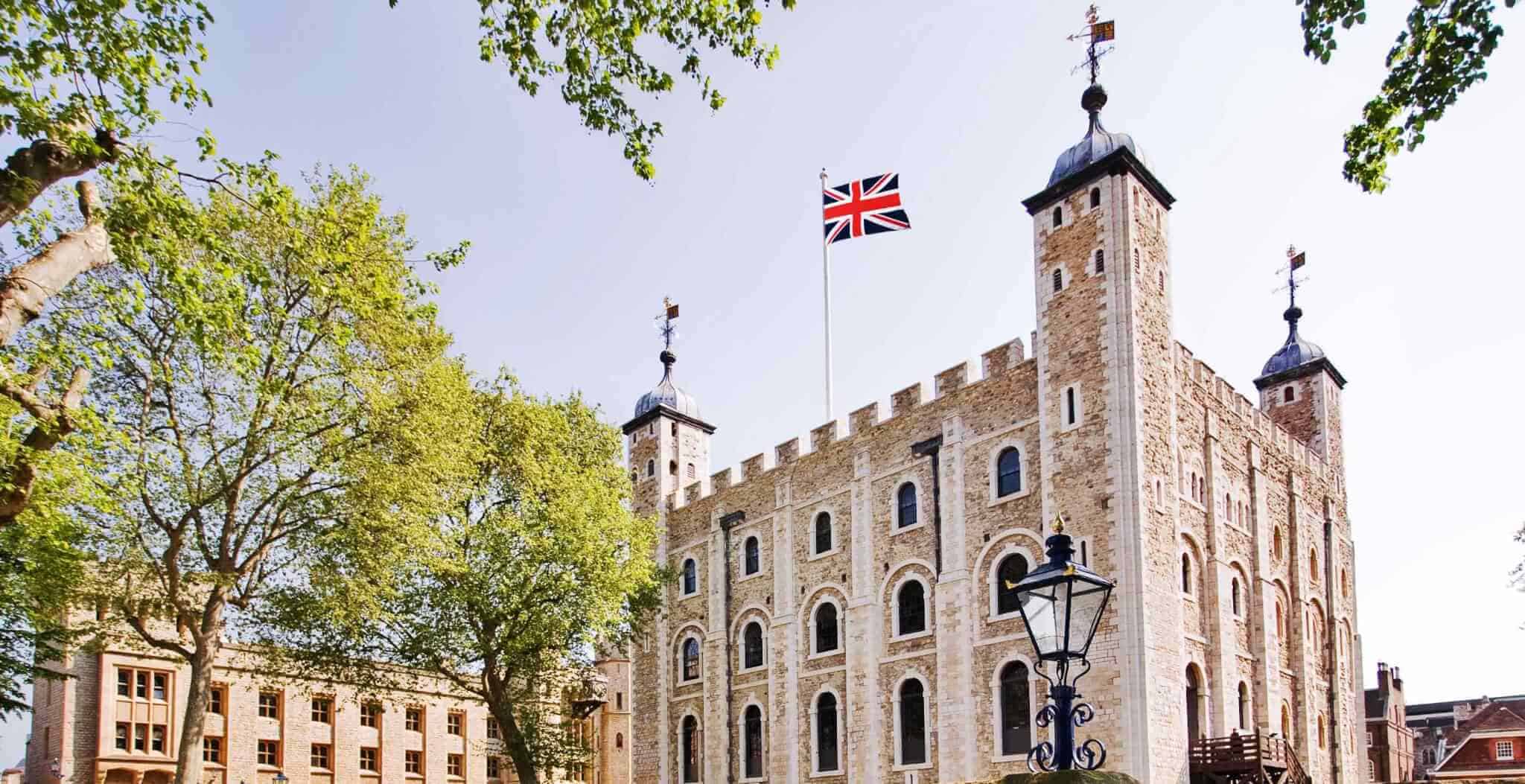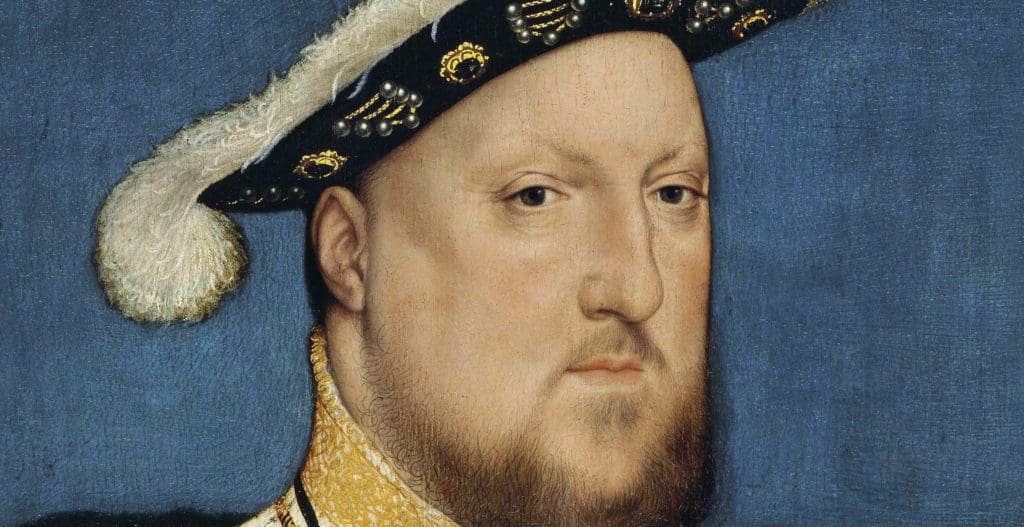Jane Boleyn – does she deserve her dreadful reputation?
Lady Jane Rochford, the wife of George Boleyn and the sister-in-law of Henry VIII’s second wife, Anne Boleyn, has been vilified by history. Her alleged role in Henry VIII’s 1536 executions of George and Anne has been a driving factor in the formation of her reputation. Yet, upon closer examination, a new Lady Rochford may emerge. This begs the question: has history wronged this woman?
In 1533, when Jane’s sister-in-law Anne Boleyn married Henry VIII, Jane was essentially royalty. It must then be considered, if Jane did bring about Anne and George’s downfall, why did she do so?
Lady Rochford’s relationship with the Boleyn siblings
Jane’s relationship with Anne and George Boleyn is difficult to examine, largely because the evidence surrounding the matter is rather contradictory. Perhaps Jane and Anne had long been friends – they had both attended court celebrations in 1522 and they had both served in the household of Henry VIII’s first wife, Queen Katharine of Aragon.
In the summer of 1534, having discovered that Henry VIII had a new mistress who was an enemy of Anne’s, Anne and Jane together plotted her removal. This plan actually resulted in Jane’s banishment from court. Still, the fact that Anne and Jane were actively conspiring together may well suggest a friendship of a sort based on intrigue, although it may be considered that it was at this point that Jane and Anne’s friendship soured – there’s no evidence Anne attempted to secure Jane’s return to court.
It was then during the summer of 1535 that a demonstration at Greenwich took place in support of the Lady Mary, Anne’s troublesome stepdaughter who refused to acknowledge her as Queen. Interestingly, Jane’s name appears among the ringleaders who were imprisoned in the Tower of London for their involvement in this rally. The evidence upon which this lies however is an unattributed handwritten note – it is unclear under what authority this scribe writes.
Whatever the case, Jane continued to serve Anne as Queen (a post from which she surely would have been dismissed if she was in serious trouble), suggesting that if there had been any animosity between the two, it was resolved. On 29th January 1536, when Anne Boleyn suffered a miscarriage, based upon the testimony of the Bishop of Fraenza, Jane seems to have been the only one that Anne would allow to console her. All this makes it difficult to conclude the nature of the relationship between Anne and Jane, but we can surely argue that their relationship was not as poor as it is portrayed in TV series like ‘The Tudors’ or novels like Philippa Gregory’s ‘The Other Boleyn Girl’.
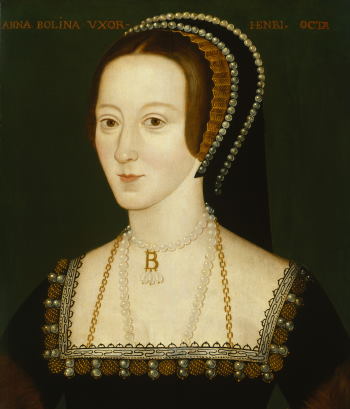
Jane’s relationship with her husband as well as with Anne, should be considered too. George Boleyn reportedly lived in promiscuity: he was unscrupulous and would rape women. If these reports are true, this likely affected Jane and George’s relationship, even if male infidelity was not as frowned upon in the Tudor period as it is now.
Furthermore, George owned a satire on women and marriage, perhaps revealing his own harboured hatred towards his wife. Still, even if could be said with confidence that Jane had a poor relationship with her husband and his sister, this doesn’t equate to evidence that she plotted their downfalls.
The extent of Lady Rochford’s involvement (and potential motives) in the 1536 executions
Several Tudor chroniclers claim that Jane played a significant role in the Boleyns’ downfalls. The lost journal of Anthony Anthony declared that ‘the wife of Lord Rochford [George Boleyn] was a particular instrument in the death of Queen Anne,’ while George Wyatt and George Cavendish similarly claimed involvement on Jane’s behalf. Yet, it isn’t clear upon what authority these chroniclers speak – George Wyatt never even met Jane.
Whether Jane was involved or not, it can be said with some conviction that the downfalls of her husband and sister-in-law did not rest chiefly upon her testimony. John Hussey wrote to Lady Lisle that Anne Cobham, ‘Lady Worcester’ and ‘one maid more’ had accused Anne Boleyn of adultery. While this ‘one maid’ could be referring to anyone, it probably was not referring to Jane, who, by Tudor standards, was not considered a maid.
What can be confirmed however, is that Jane was questioned by Thomas Cromwell – who could be considered the chief orchestrator of the Boleyns’ executions. We do not know what Cromwell asked Jane, but she would not have had time to think through her answers: she had to be careful about lying (Cromwell already had evidence of adultery against Anne), she also needed to ensure she didn’t incriminate herself while simultaneously attempting not to accuse Anne and George also. We don’t know what Jane revealed to Cromwell (if anything), but she may have even attempted to defend Anne and George.
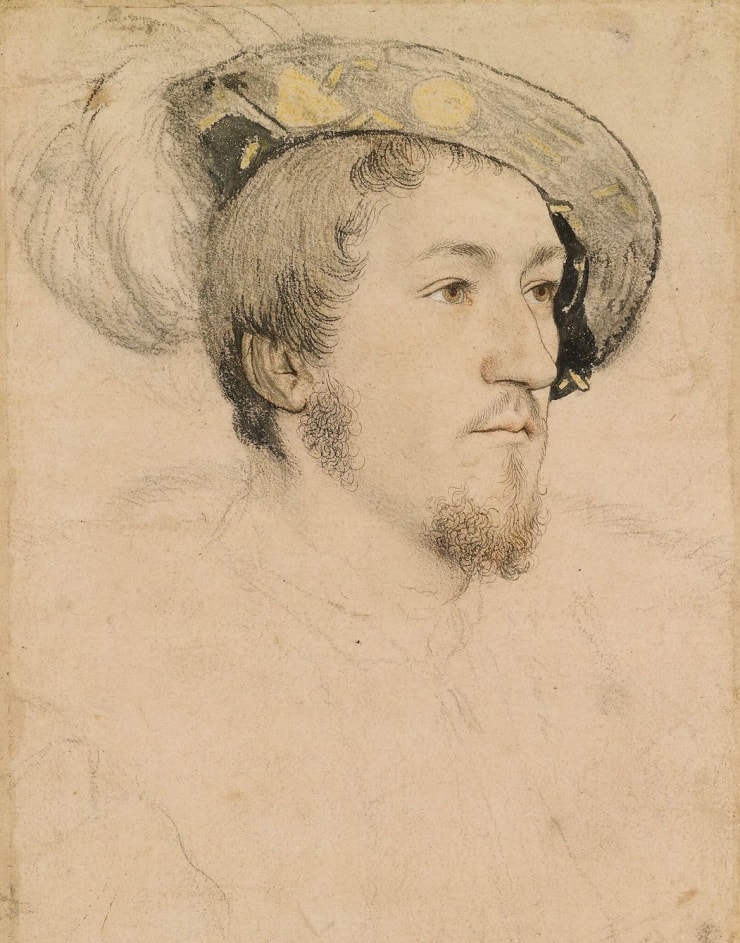
It could also be the case that Jane was torn in her familial obligations. Shortly before Anne’s trial, Francis Bryan (an enemy of the Boleyns) visited Jane’s father, perhaps (as Amy License argued) to ensure that the King had Morley’s support against the Boleyns, since Morley would sit on the jury for George’s trial. As a Tudor woman, Jane had to obey both her husband and her father, but when these two conflicted one another, it was unclear as to the correct course of action. Perhaps Jane reasoned that her best hopes lay with her father – George, after all had the King against him.
It has been popularly suggested that Jane’s primary motive for bringing about the Boleyns’ downfall (if indeed she did play a role) was pure malice towards Anne and George. Yet, as examined, there’s no concrete evidence that Jane had a poor relationship with either sibling, neither would it have benefitted Jane to bring about their downfalls since their executions entailed disgrace for her too.
Perhaps the biggest issue remaining is that there’s so much uncertainty surrounding whether Jane gave evidence against the Boleyns or not. But what can perhaps be argued is that if Jane did give evidence against them, she was probably not motivated by wickedness but by desperation.
The verdict
The reality is that whatever Jane did do wrong, she paid the ultimate price. After helping Henry VIII’s fifth wife, Katherine Howard, conduct an affair, Jane was imprisoned in the Tower of London. Jane was unsettled by this and quickly declared insane as she grew out of control, and although it was illegal to execute an insane person, Henry VIII had a new law passed to make it legal in Jane’s case.
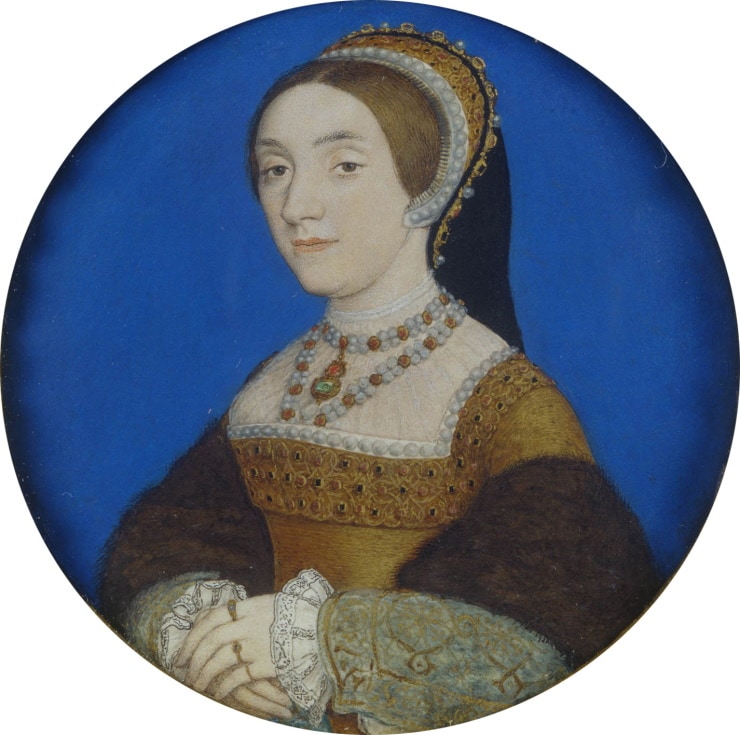
On 13th February 1542, Jane was beheaded. She was buried in the Tower of London, probably near Anne and George. The tragedy of Lady Rochford may lie in her death, but it continues to live on in her vilification.
Ultimately, it was Henry VIII, the one with the final say, who directly caused Anne and George’s downfalls, not Jane. Jane was not wicked – if she gave evidence, it was likely out of desperation and to answer my earlier question, she has been wronged by history.
Emma Gladwin is a Plantagenet and Tudor history enthusiast. She runs an Instagram account @tudorhistory1485_1603, where she shares all things Plantagenet and Tudor.
Published: 26th January 2022
